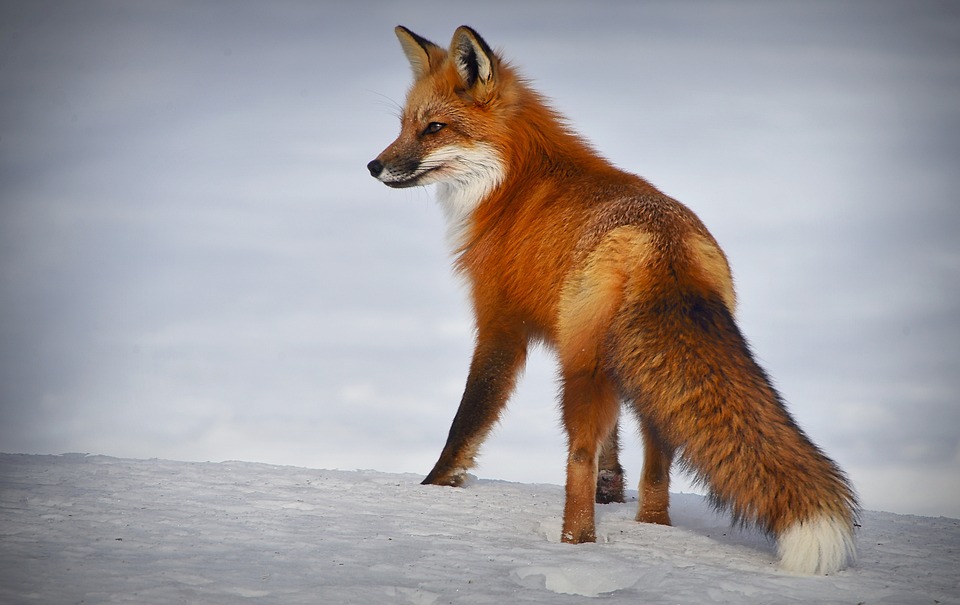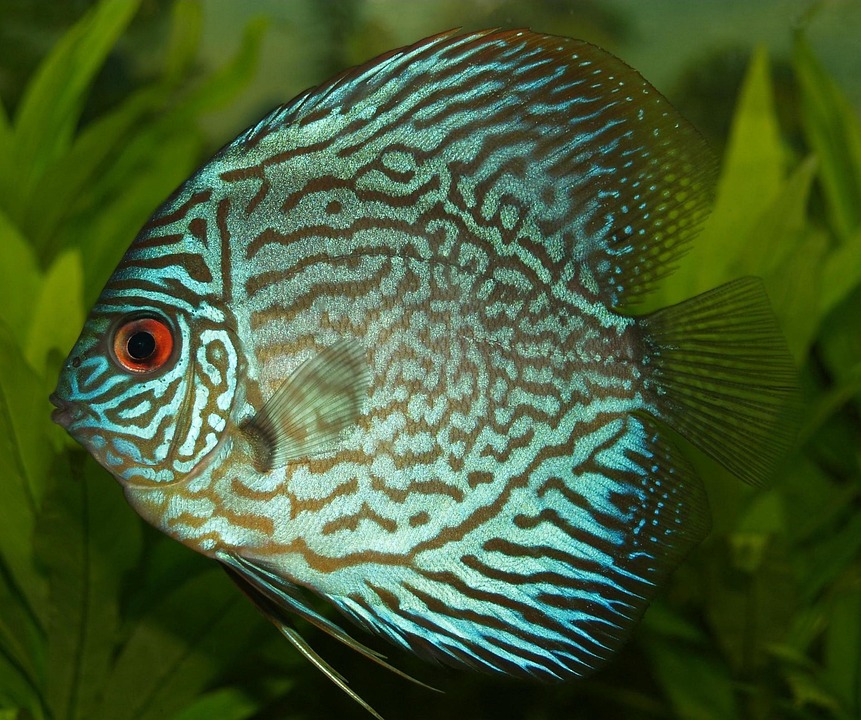Feeding wildlife can seem like a harmless and enjoyable activity, but it can have serious consequences for the animals involved. Species like squirrels, raccoons, deer, and bears can suffer from the negative effects of human feeding, even if it is unintentional. When wild animals become accustomed to receiving handouts from humans, they may choose the easy option over foraging for natural foods, leading to a range of problems.
One major issue with feeding wildlife is that it can be unhealthy for the animals. While human foods may be tasty, they do not provide the necessary nutrition that wild animals require. Consuming human foods can negatively impact the physical health of these animals and may even lead to death. Additionally, the packaging involved in human food can pose a danger to wildlife, as animals may accidentally ingest plastic or glass while foraging through garbage.
Feeding birds in parks or other public areas can also have detrimental effects. Birds that are fed by humans may suffer from malnutrition, bone deformities, and even death. Furthermore, throwing food into water sources can contribute to water pollution and environmental degradation. Feeding birds by hand can also lead to conflicts with people, as food-conditioned birds may become bolder and cause nuisances or property damage.
Another significant risk of feeding wildlife is the spread of disease. When wild animals are attracted to the same spot by food, they may gather in unnatural numbers, increasing the likelihood of disease transmission among animals and between animals and humans. Bird feeders, in particular, have been associated with disease outbreaks in bird populations, such as salmonella and avian influenza.
Feeding wildlife can also cause habituation, where animals lose their natural fear of humans. This can make them more susceptible to predators, vehicle collisions, and other dangers. Habituated animals may also become nuisances to people, leading to conflicts and potentially harmful interactions. Additionally, habituation can have long-term effects on wildlife populations, as animals may lose the ability to find food in the wild and rely on human handouts.
To prevent the negative impacts of feeding wildlife, individuals can take simple actions such as properly disposing of garbage, keeping pet food indoors, and not littering. By avoiding feeding wildlife and managing food attractants responsibly, people can help protect both wild animals and themselves. It is important to educate others about the risks of feeding wildlife and promote responsible behavior towards wild animals.
In conclusion, feeding wildlife may seem like a harmless activity, but it can have serious consequences for both animals and humans. By understanding the risks associated with feeding wildlife and taking proactive measures to prevent them, individuals can help protect wild animals and promote coexistence with nature. Remember, for everyone’s health and safety, it is best to refrain from feeding the wildlife.





